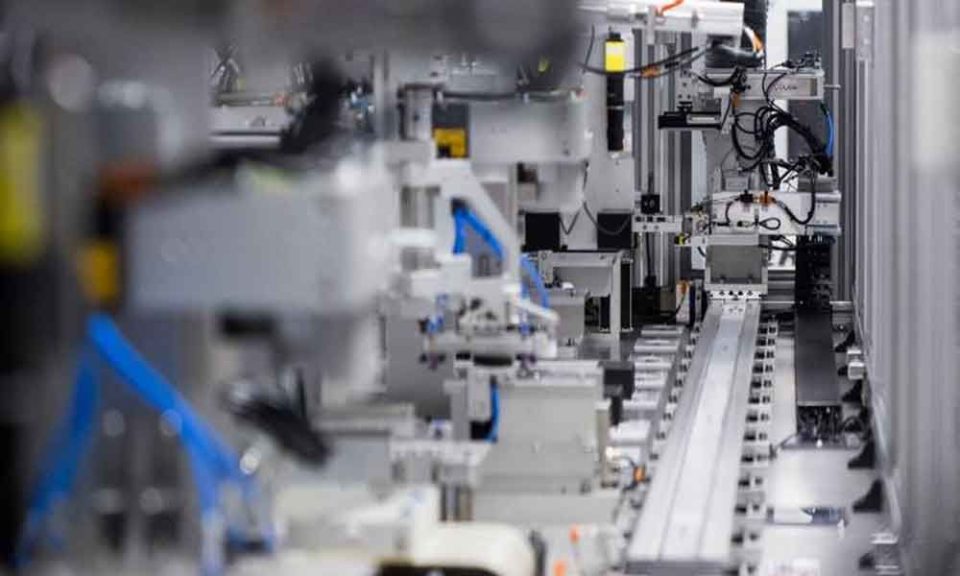Industrial scales with high-precision load cells can instantly compare products to preset product-specific limit values. This allows routine check weighing to be carried out quickly and easily within production lines.
This analytical method aims at calibrating and orienting online photogrammetric systems by moving and rotating the scale bar. It consists of four steps: control length field generation, bar RRT image processing, and relative orientation optimization.
Weight Measurement
Scales come in all shapes and sizes, but they all have one thing in common: a mechanical or electronic weight readout. Digital scales measure and display weight using a load cell that acts like a spring, responding predictably when a force is applied.
The basic unit of measurement for weight is the kilogram, which equates to a certain amount of matter, regardless of where the object is located. This is why industrial-grade scales report the result in kilograms rather than pounds or ounces.
Most modern supermarkets use digital scales to print labels and receipts, mark mass and count, unit price, total price, and tare, and scan bar codes to track items for returns or tampering. They also feature a variety of displays that help customers understand the information at a glance, such as horizontal or vertical bar graphs in check weighing operations and pie charts that track rapid fill operations.
Mass Measurement
Scales come in various sizes and operational principles, but their essential measuring component is a load cell. It’s a steel structure with strain gauges or electronic sensors that measure the force of an object’s weight.
The accuracy of an object’s weight is dependent on several factors. These include air draughts, temperature changes, electromagnetic interference, magnetism, levelness, and vibration. These issues can be managed through laboratory environmental controls, scale-balancing mechanisms, and marble slabs.
This research aims to improve the measurement accuracy of a stereo camera system using a moving reference bar. The method is developed through four steps: control length field generation, bar RRT image processing, relative orientation, and camera parameter optimization. Simulation and experiment results show that the proposed method performs well, especially for large-volume measurements. The system’s accuracy can be improved by incorporating exterior orientation constraints between cameras in bundle adjustment.
Dimensional Measurement
In physics, dimensions describe the number of coordinates required to identify a point within a space. A line represents one dimension, a square two dimensions, and a cube three dimensions. Interpretable images must contain a minimum indication of size, typically provided by scale bars, to provide an essential bridge between the image and its natural world.
Photoshop or other imaging software can add scale bars to an image. They are often used on photomicrographs destined for scientific journals, and they are also commonly included in movies to indicate the size of the specimens being viewed.
API has recently introduced a new composite scale bar offering NIST traceable lengths for field verification of laser trackers, CMMs, and other measurement equipment. The new composite scale bar is constructed from lightweight carbon fiber material and offers portability and a low coefficient of thermal expansion. Its spherical target design provides superior scale length reconstruction accuracy compared to planar targets.

